The Article
L-3809 Turntable From Lenco
19th October 2021
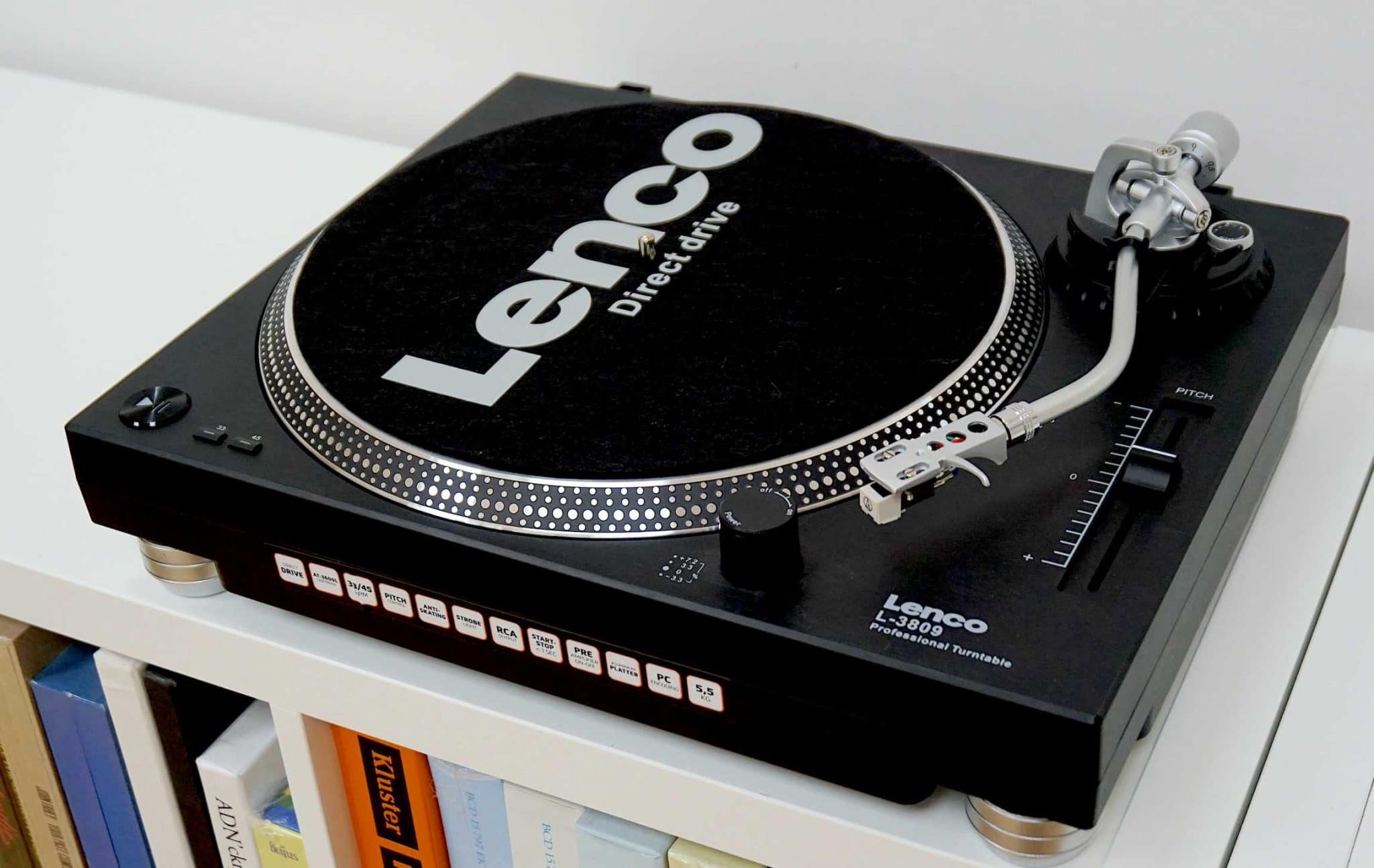
A budget, direct drive turntable, Paul Rigby gives this turntable a spin and compares it to other designs around its price point
In some ways, this review of the L-3809 is a round-about sequel to the recently published Technics Ottawa f stereo system review in that the Lenco, like the Technics Stereo System reviewed previously, is a lifestyle product.
That is, sound is not the be all and end all for this turntable’s design. It was a major factor for the designers but the available build budget was not devoted to sound and only sound – as was the case with the Rega RP1, for example. Which, it so happens, makes an appearance in this review as well.
The Lenco L-3809’s build budget has been influenced by aesthetics, that Technics DJ cool look, the positioning of the turntable to suit actual DJs on a budget if required (as stated by the L-3809’s website), convenience features of a built-in phono amp and USB port plus a friendly interface. Hence, the speed control is but a knob twiddle away and does not, as in the case of the Rega Planar 1, demand that you move a belt from one pulley trench to another.
Thus sound, important as it is, is but one element on the build-budget’s shopping list. Looking at this design, Lenco wanted to appeal to a broad-based audience.
Before we get to the details of the turntable itself, let me quickly address not one but two elephants in this particular (and now pretty large) room.
ELEPHANT No.1
Firstly, the name. The badge says Lenco but you know that this has nothing to do with the classic company and I know that too. Many hi-fi users become unnecessarily agitated when they see a badge with history trailing behind it, placed on products like this.
Really though. We all need to move on from such nostalgic ire.
Lenco as you may know, went bankrupt in 1977. Since then, the name has been bought and sold on various occasions. It’s currently owned by Commaxx International NV, a Dutch company responsible for a range of products from kitchen accessories to phones. Lenco turntables are just one product in the range and are made in Hong Kong.
Would have I liked to have seen the Lenco brand, full of tradition, retired to rest in vintage peace? Absolutely, sure.
Do I understand why a modern company is utilising it in the hope of gaining a competitive edge in the market place? Absolutely, yes.
This turntable might have the name Lenco on it but, for the purposes of this review, that really doesn’t matter. For all I care, the badge can have ‘Cheese On Toast™’ on the top. I’m here to review what’s in front of me, I’m not here to review a memory.
ELEPHANT No.2
That goes for the other elephant in this other cramped room, the Hong Kong design. The Chinese derivation from this turntable will no doubt trigger instant condemnation from some quarters, in terms of sound and design. Even so, judging by my experience with the earlier L-3808 model, I actually expect a decent sound performance from this one. Why is that?
Well, in terms of basic, Chinese-made, belt-driven turntables I agree that the basic performance from a belt-driven configuration does leave something to be desired. I’ve heard Chinese-designed, budget belt-driven turntables featuring badges slapped on the top from Audio-Technica, Dual, Sony and Marantz and all sound relatively poor because they are based on those self-same belt drive motors.
And there’s nothing wrong with belt drive motors, in general terms. The best turntables I’ve ever heard are based upon belt drive systems. I have many belt-drive turntables in my own collection.
The Chinese exponents of the same are not up to those standards. No where near. The direct drive designs are a different matter, though. It’s almost as if the direct drive models are decent performers in spite of what the Chinese designers cobble together. The direct drive motors ‘save’ these turntables from themselves, in effect. They surprise and out-perform all low expectations connected to this sorry breed.
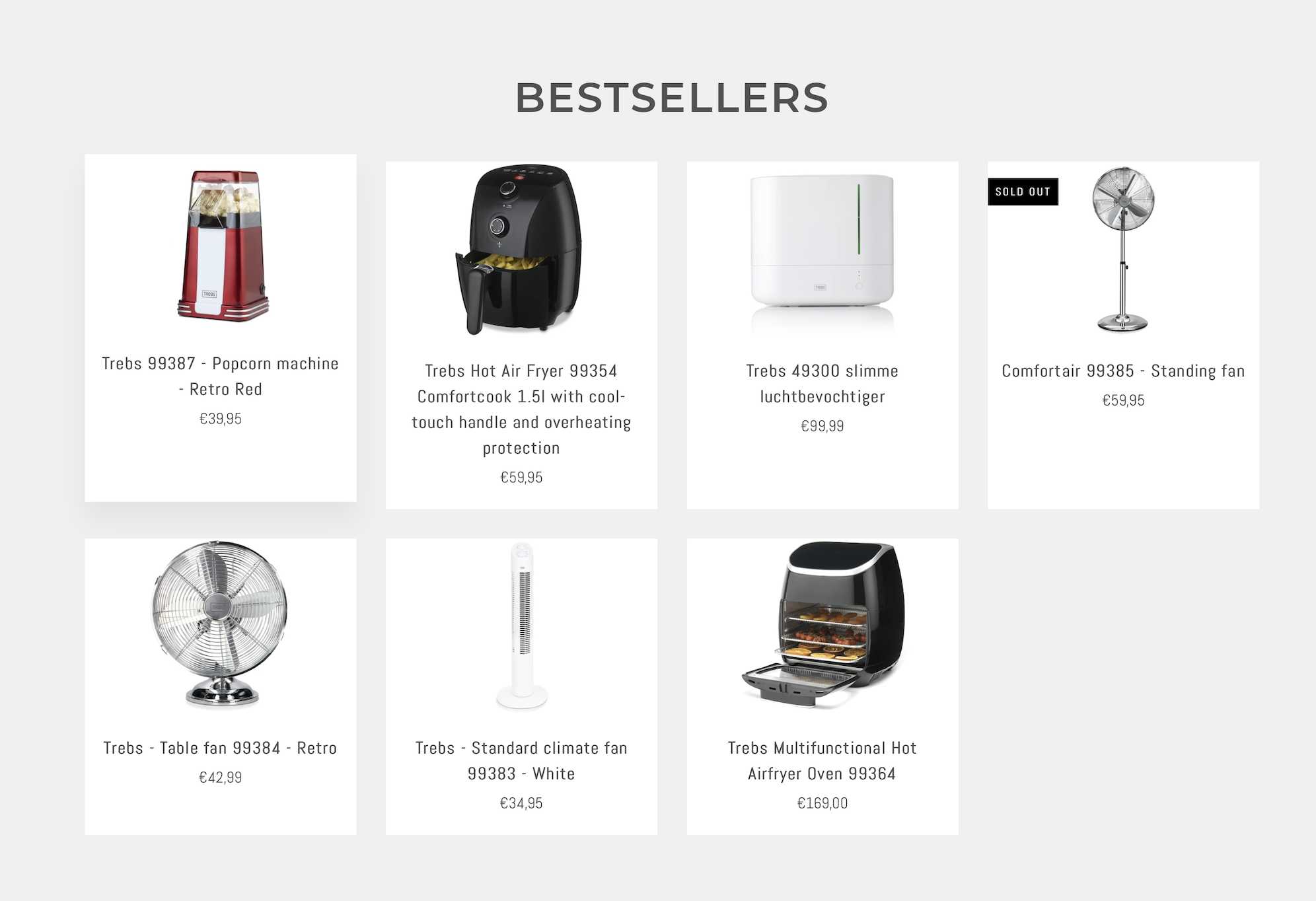
That’s what I found with the Lenco L-3808, a turntable that received an award-winning rating from myself back in January 2020. I have high hopes with the new version, the L-3809.
More than that, after my own queries, it appears that this new iteration is an in-house Lenco design. According to the company who kindly answered a few of my questions, “Our design is always a close cooperation between our manufacturer’s designer and our product manager. With the L-3809, we started from the design of our popular L-3808 and asked our factory designer to create something more modern, different from several other models in the market…which all are very similar.”
Lenco also noted the ‘hidden’ sockets at the rear (something I’ll talk about in a moment) and the “special feet” which I can only infer helps isolation but that’s my own less-than-perfect interpretation.
Even so, this new design was also undertaken to, as Lenco states, be a “little less bulky providing a unique, stylish modern design.”
So again, I’m here to review what’s in front of me. This review will not be coated with prejudice or unreasonable bias.
Before we talk sound. Let’s do a quick circuit of the L-3809 shall we?
LET’S LOOK AROUND
Looking from the top down, the front-left offers a large, round play/pause button. To the right of that are small, rectangular dual select speed buttons. Moving across to the right-hand side, you’ll find a power knob that sits on top of the light for the strobe. At the far right is a pitch slider. This proved to be very useful, because the speed was not accurate out of the box. I needed to fiddle with this slider (which I saw as nothing but a speed ‘pot’ in operation), in conjunction with my RPM rotational speed app on my iPhone. An app which is a lot better in performance terms than you might think, at least when viewing certain negative comments on the Internet. It’s actually pretty decent and helped me to configure the speed of the Lenco. I believe Android offers a similar app, although I’ve never used that variant.
In the centre is a rather thin, aluminium platter covered by a stiff branded, felt-like mat. I actually wonder what this ubiquitous material actually is because it is fibrous but less ‘felty’ than classic felt mats of yore.
The tonearm arrives with an anti-skate wheel, arm lift and SME-type removable headshell replete with a AT-3600L cartridge. I would say that this design is most popular/well used cartridge the world has ever seen.
The rear offers Line Out RCA sockets to connect to an external phono amplifier or integrated amplifier, toggle slider switch to select the internal or an external phono amplifier and a USB port to enable the ‘ripping’ of vinyl to a computer file. An actual physical disc holds Audacity software to enable that to happen (and I was actually shocked to see a real disc in this package instead of the download link). There’s also a figure-of-eight power socket and a second power switch, the master power switch on the far right.
As Lenco states, the rear sockets and controls are “hidden” under a recessed shelf which helps the aesthetics but harms the ease of use. I found it relatively difficult (but certainly not impossible) to access the sockets and controls at the rear of the L-3809. Looks nice, sure but it was a lot harder to install than the previous model, at any rate.
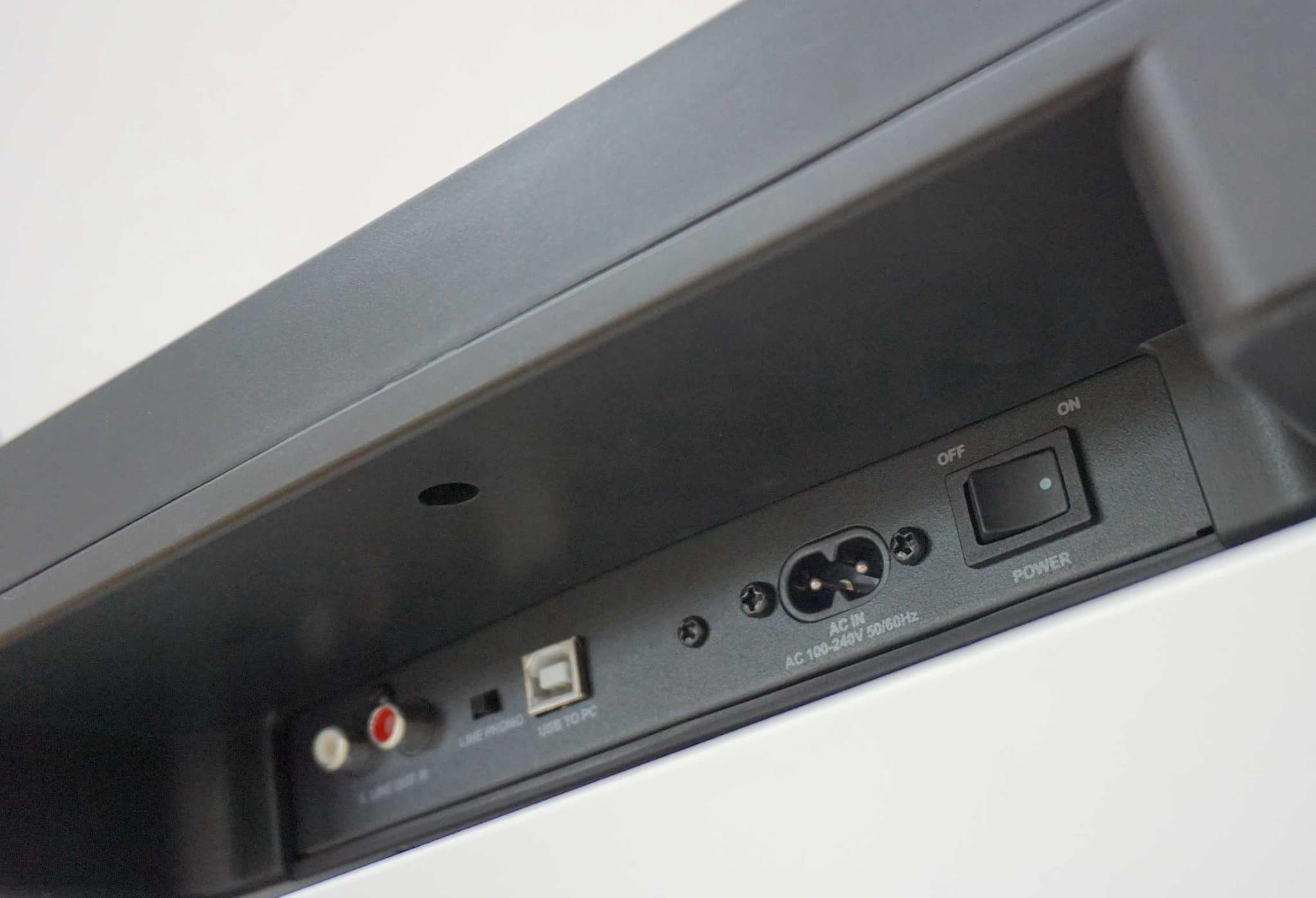
A dust cover can be fitted on top of the turntable. You even get a bright orange duster with a 75th anniversary logo on too. A nice touch.
So what can we expect from the L-3809 and how does it differ from the previous mode, the L-3808?
SOUND QUALITY
I began by listening to ELO’s early recording of First Movement (Jumping Biz) because of the host of organic instruments roaming the mix from the lead guitar – a Spanish guitar I think – cellos, violins, percussion and more.
To test the L-3809, I decided to match it, head to head, with the earlier Lenco turntable, the design that the L-3809 replaces in fact, the L-3808. The same cartridge was used on both turntables.
Before I began the sound tests in earnest, I quickly tested the built-in phono amplifier which is, to be frank, no great shakes. Upgrade this to an external model as soon as you can. The Pro-Ject MM Phono Box is ideal at around £70. Nevertheless, the internal phono amplifier works and will do a job for you until your budget can handle the upgrade.
LENCO L-3808
Let’s quickly compare design notes before we talk sound. The L-3809 might be a new version of the old model. It might be next one up in numbered designation terms but let me tell you this: the L-3809 is a different turntable. Apart from a couple of buttons and a very similar (but not exact) platter, the plinth is different, the feet are different, the tonearm is different, the interface layout is different, there’s no pop-up light on the L-3809, the L-3808 has a tethered power cable to within the plinth while the L-3809 has a detachable figure-of-eight cable, even the pitch slider printing is different and the dust cover hinge system on the L-3809 has been changed.
Effectively, the L-3809 is a new turntable design which backs Lenco’s assertion made above.
In terms of sound quality the differences – and there were differences – were relatively subtle but they were present.
First up, the mids sounded a touch more focused on the L-3809. The lead acoustic guitar offered a honed sound, leaner and more agile. Was that because the tonearm was a touch improved over the L-3808?
Secondly, the bass across the soundstage was a little more present now. Just a slight increase in the lower frequency extension that provided a touch more meat in the bass regions. Was that to do with the plinth and headshell?
Thirdly, there was a little more insight across the upper frequencies now. Did that have anything to do with the feet? Where they providing more isolation? Again, all of this was subtle – none of these changes were dramatic in any way – but the string section seemed to offer new detail and information, adding more complexity in the mix and adding stronger layering under the lead guitar.
HEADSHELL
I did wonder about the L-3809’s headshell which seemed sturdier in over-all construction. I isolated this unit during the sound tests. I swopped the L-3808’s headshell for the heavier variant used on the L-3809 and the presentation was more confident with the L-3809’s headshell in place in the L-3808. Bass was a little stronger and firmer so, as an aside, I would recommend a headshell upgrade for L-3808 owners.
As far as the Lenco shoot out was concerned, though? The L-3809 has the edge over the older 08 model. If you’re a L-3808 owner, is there enough improvement to warrant thoughts of an upgrade? Probably not, no.
Saying that though, if the Lenco appeals to you as a first-time buyer, the L-3809 is easier to find and locate, being the newer model of the two. I wouldn’t spend time trying to locate the older L-3808, unless you’re faced with a great bargain in price terms. The sound from the L-3808 doesn’t provide any sonic advantage over the L-3809, though. Hence, given a level playing field in price terms, the L-3809 is the one to go for.
REGA RP1
As it features basically the same cartridge and a generally similar price, I roped in a Rega RP1 and compared the two in purely sonic terms.
And under these terms, the Rega wiped the floor with the Lenco. Upper mids showed a new level of clarity. The acoustic guitar not only offered a perky, string-plucking strut but guitar resonances were recocognisable now.
Bass now had a more organic and rounded structure, almost 3D in their presentation instead of the 2D, flat canvas effect from the Lenco.
Finally, treble was light and fragile with lots of air and space infused in and around it.
The Rega is thus sonically superior but that Rega tonearm is, as I’ve said on numerous previous occasions, the star of the show here. The Rega arm is a work of art in budget turntable terms. The Lenco tonearm is a poor copy of what a hifi tonearm should be, when you directly compare the two. Even with the same cartridge in place, that Rega tonearm proved to be a better support system for it, coaxing more detail from it.
The result of the Rega vs Lenco shoot out is no surprise when sound is the only concern. But prospective Lenco owners should not despair or feel down hearted. As I mentioned above, I wouldn’t buy the Lenco for sound only anyway. You buy a Lenco L-3809 for the same reasons that you’d buy a Technics Ottawa f sound system, for the overall experience. Sound on the Lenco is just one element on the menu. It’s not the primary focus, as it is on the Rega.
That is, the Lenco wins out over the Rega in terms of convenience features, there’s the built-in USB port and phono amplifier, in ease of use terms the speed change facilities are friendlier on the Lenco. Then there’s that retro-cool Technics-on-the-cheap thing. All the Rega offers you in return is a Puritan-like minimalism.
FLUANCE RT81
For turntable packages, turntables that bundle both the tonearm and cartridge in the same box, I normally review the package as a whole and leave it at that. Customers for this sort of turntable tend to buy their chosen turntable, fit the cartridge and leave it in there for years. Some users will upgrade but only after extensive use of the default cartridge. When that time comes, then you’re looking for an upgrade video from me, not a boxed initial review.
Nevertheless, I wanted to change the cartridge on the Lenco L-3809. Listening to the default, out of the box system, I too often felt that I was listening to the spherical tip of the 3600L cartridge. I had an itch at the back of my neck that told me that the Lenco was desperate for greater capacity. Despite the more than average tonearm, I still felt that the Lenco wanted to stretch its legs.
Which is why I fitted an AT-95E – also from Audio-Technica – and compared the newly updated configuration with the similarly fitted Fluance RT81.
Playing the L-3809 with the new cartridge in place, the Lenco improved. A lot. So much so that, if come to own a L-3809, I recommend a cartridge change as soon as you’re able.
The sound now offered a much greater degree of definition right across the frequency spectrum with the precision and focus from the guitar sounding far superior to the 3600L cartridge. The AT-95E gave the guitar strings a distinctly metallic aspect. The guitar cut through the music now, adding a crisper and more fluid movement to this area while percussion now benefitted form an infusion of air and space that separated the strings, giving the entire string section greater bulk and weight.
I wondered how the L-3809 compared to the Fluance RT-81, with the improved cartridge in place.
This shoot-out produced a score draw in terms of sound. I felt that the Fluance offered a greater sense of bass weight across the track with the power of the string section backing the guitar to great effect. The mass from the Fluance plinth played a big part in this presentation. The percussion and the cellos gave the music heft and mass. It gave the music a sense of occasion. In many ways, the resultant sound was a classic 70s-like presentation. Slightly golden upper frequencies with a big and bold lower end.
The direct drive motor from the Lenco, on the other hand, offered a touch more focus in the upper mids and treble and slightly more air around this part of the frequency spectrum. The sense of mobility was with the Lenco too. The music seemed to shift at a faster pace via the Lenco with each point of the music nailed and ticked off with aplomb. Yet the sense of bass weight wasn’t in the same class as that provided by the RT81.
So, pros and cons for both designs.
AUDIO-TECHNICA 120x
If the direct drive vs belt drive competition ended with mixed results, what would a true direct drive turntable head-to-head provide? And how about upgrading that AT-95E cartridge to a more modern VM-95E?
That’s why I turned to the 120x from Audio-Technica to see how the Lenco faired. Sure, the 120x is slightly more expensive in terms of recommended retail price but it would be intriguing to see two turntables of similar technologies, look and feel competing in generally the same market.
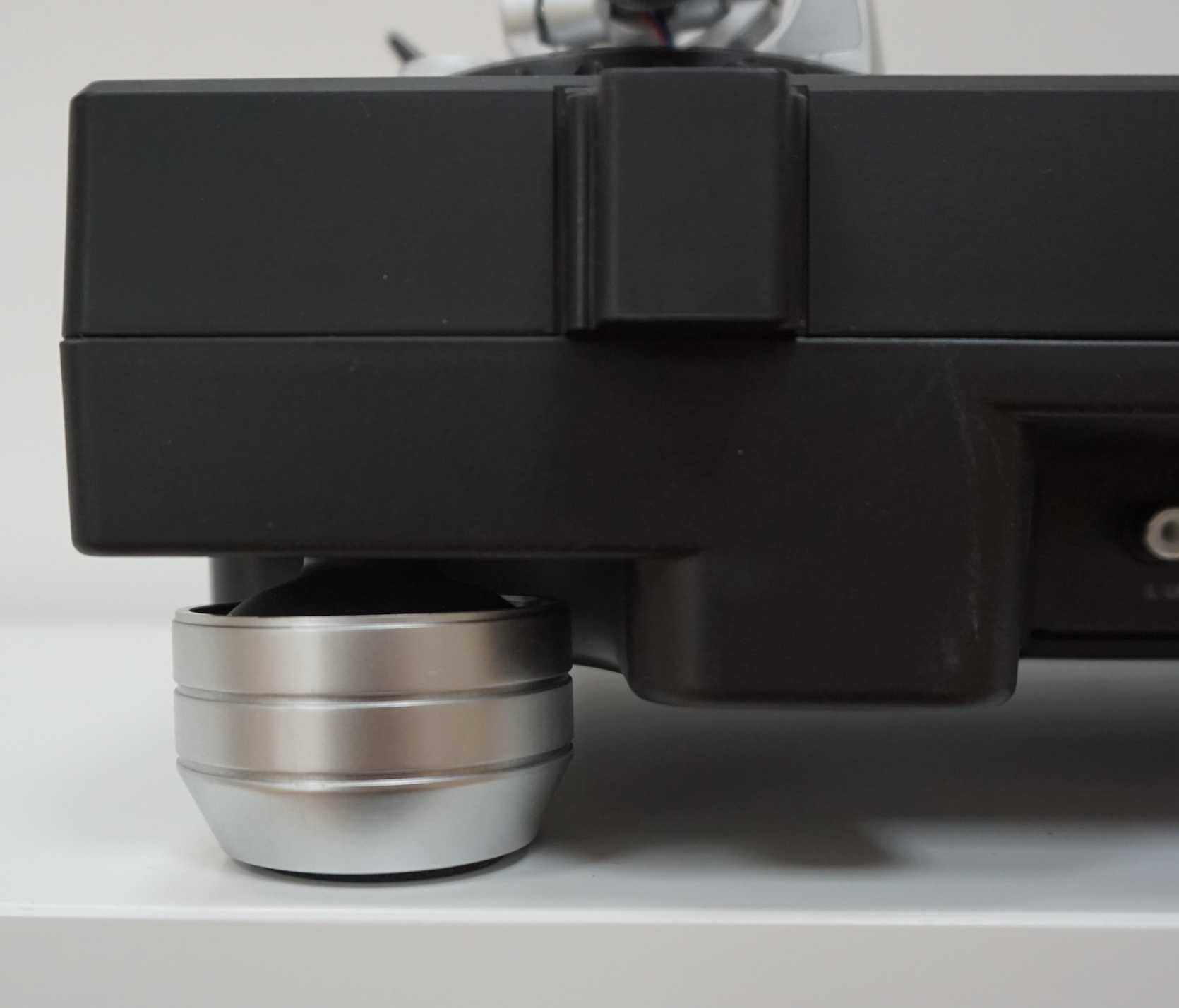
Before we address the 120x specifically, I must comment upon the performance of the L-3809 in conjunction with the VM95E. It is far superior in sheer overall sonic performance to the older generation AT-95E. The sense of tonal realism is far greater with the VM95E. The latter also offers a maturity that makes listening to this cartridge a real pleasure. There is a real rhythmic bounce to the VM95E, a certain musical joy combined with that realism I mentioned that grabs the attention and keeps you rooted to your seat, waiting to hear what might appear next.
With the VM95E in place, how did the L-3809 compare to the 120x? Well, what the 120x has that the Lenco does not is attention to detail in terms of parts quality and build quality and it shows. Where the Lenco delights with its VM95E in place in upper midrange detail, the 120x takes the detail level up another rung of the ladder. Tonal realism offers the same story. The crunch and aggression from the cellos are more in evidence via the 120x while the expanded soundstage, roaming left and right, creates an epic delivery of the music as a whole. The entire organic flow from the 120x is also more naturalistic and at ease. The performers sound relaxed, they sound like they have, in short, a great time.
CONCLUSION
So how do you sum up the Lenco L-3809 in the face of such competition? Well, the big issue here is the 120x. The latter offers similar convenience features and ease of use with the Technics look, all at a similar price – when the upgraded L-3809 sports a third-party VM95E – but with a superior sonic performance.
What the L-3809 has that the 120x does not, after all of that, is an alternative design that might lean towards personal preference. The 120x offers a classic, direct-drive, Technics-a-like appearance. Some potential customers will love the look but other may see the 120x as old-fashioned with tired aesthetics. The L-3809 does look trim, has a modern swish to its aesthetics and offers a neater and tidier layout.
The Rega RP1 is similarly superior in sound to the L-3809 but lacks convenience features, ease of use and is relative bland in comparison to the rather jazzy looks from the L-3809.
The L-3809 can hold its own against the Fluance RT81 in that it trades punches well. It loses out against the RT81 around the low end but has superior upper frequency performance, especially with an upgraded cartridge to match the RT81’s. That’s a critical point.
The L-3809 is also slightly superior to its older brethren, the L-3808 and offers superior aesthetics too. The L-3809 is the clear winner in this category.
In short, for a ‘mere’ Chinese turntable design, the L-3809 is surprisingly good in both aesthetic terms and in terms of ease of use the the feature set.
And one aside, time defeated me here but I would also look at further upgrades for the L-3809 including a cork/rubber combo platter mat and also damping underneath the platter. Sticky sorbothane pads come to mind for that job.
The sound quality of the L-309 is the big surprise here. Out of the box, it offers a good performance but dare to upgrade the L-3809 with a VM95E and a better quality headshell and you’ve got yourself a worthy budget turntable contender. In short? The L-3809 is a hidden gem of a turntable that can easily be placed in amongst its direct competition and can be viewed as an alternative for some users. Recommended.
LENCO L-3809 TURNTABLE
Price: £219 (from selected outlets)
BUY HERE:
EUROPE – https://amzn.to/3BvdYk6
Website: www.lenco.com
GOOD: feature set, aesthetics, ease of use, tweakability, upgraded sound quality
BAD: room for cartridge, mat, phono amp and headshell upgrades
RATING: 8
REFERENCE
Rega RP1 turntable
Spendor S3/5R speakers
Tellurium Q cabling
Blue Horizon Professional Rack System
Harmonic Resolution Systems Noise Reduction Components

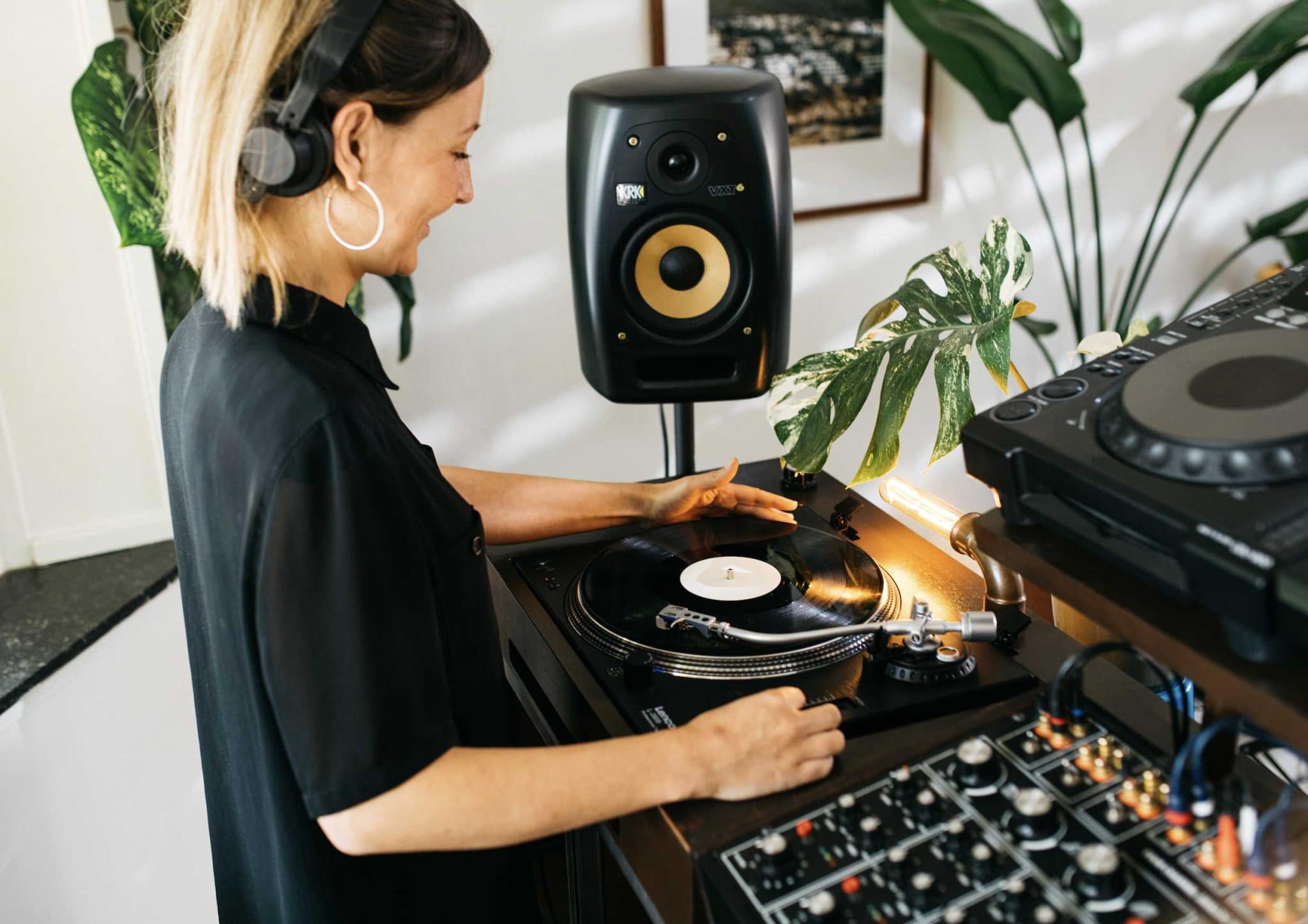
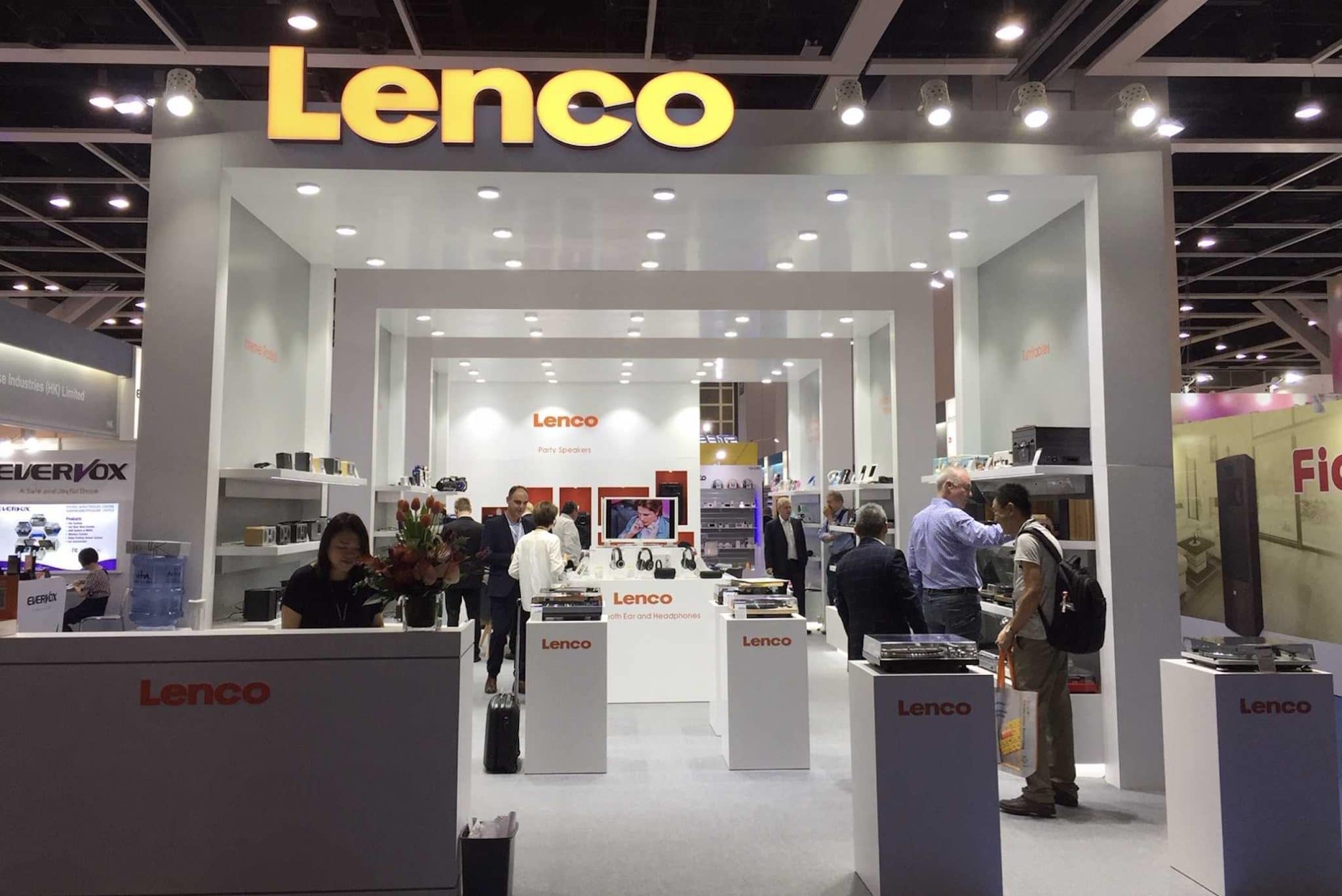
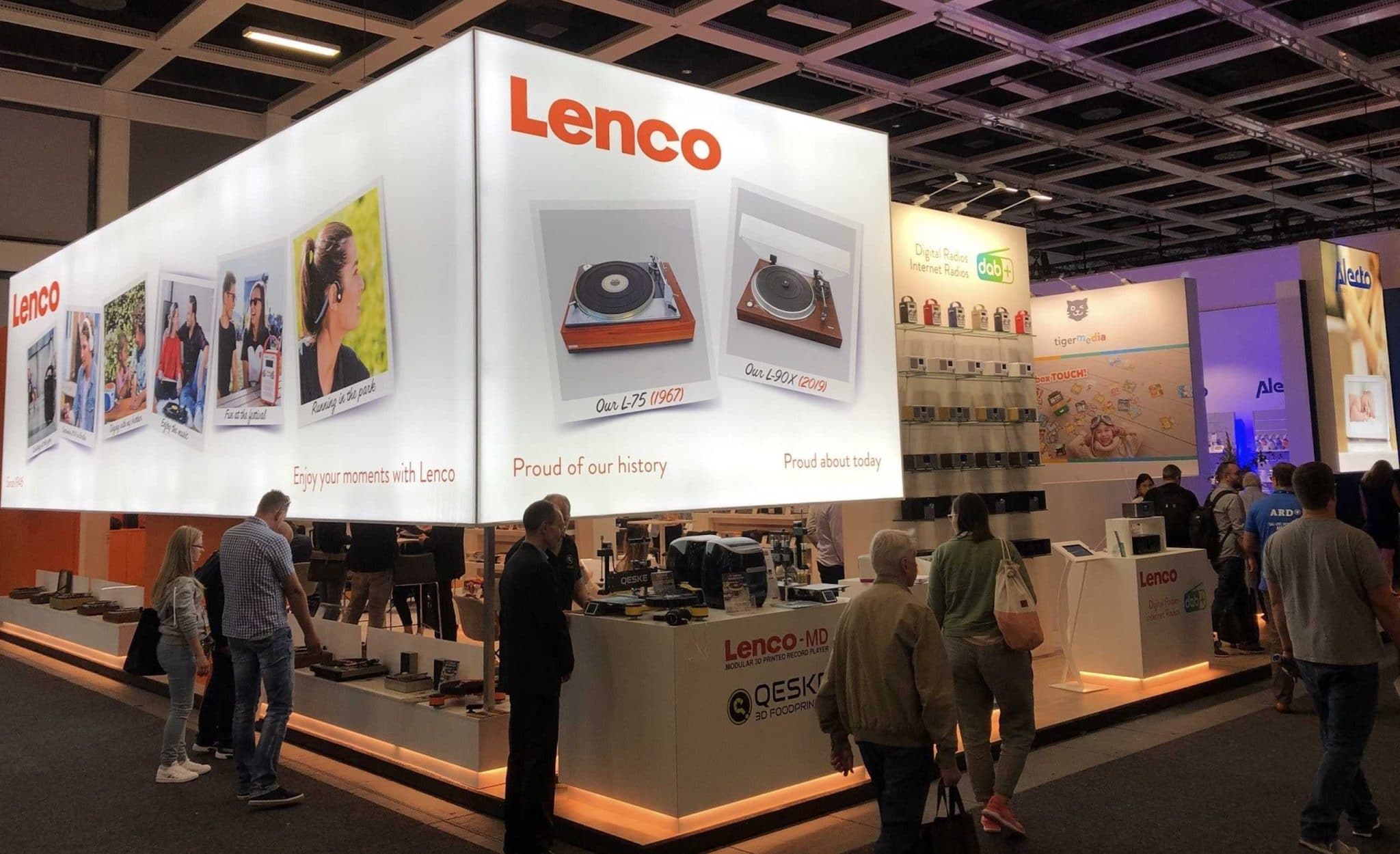
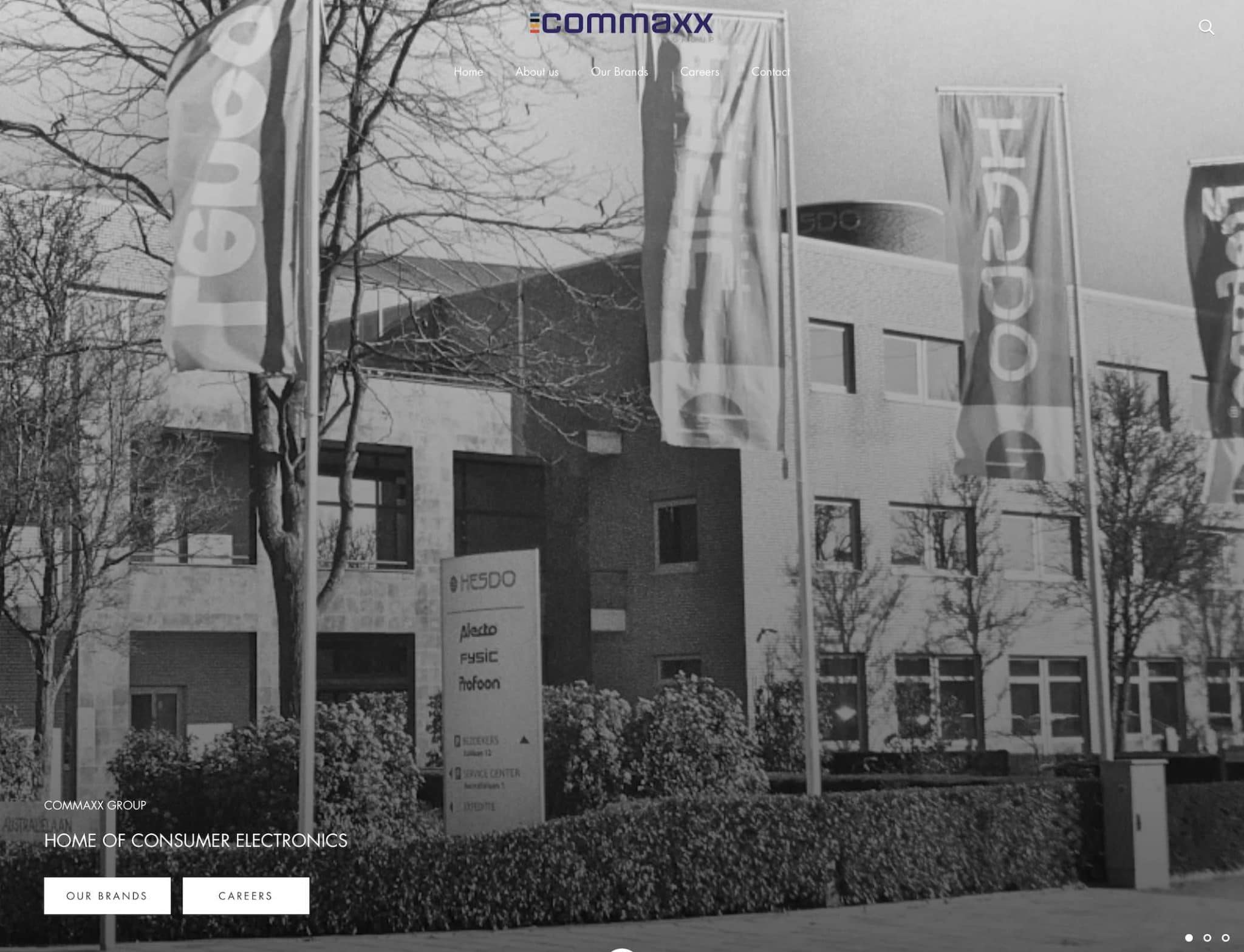
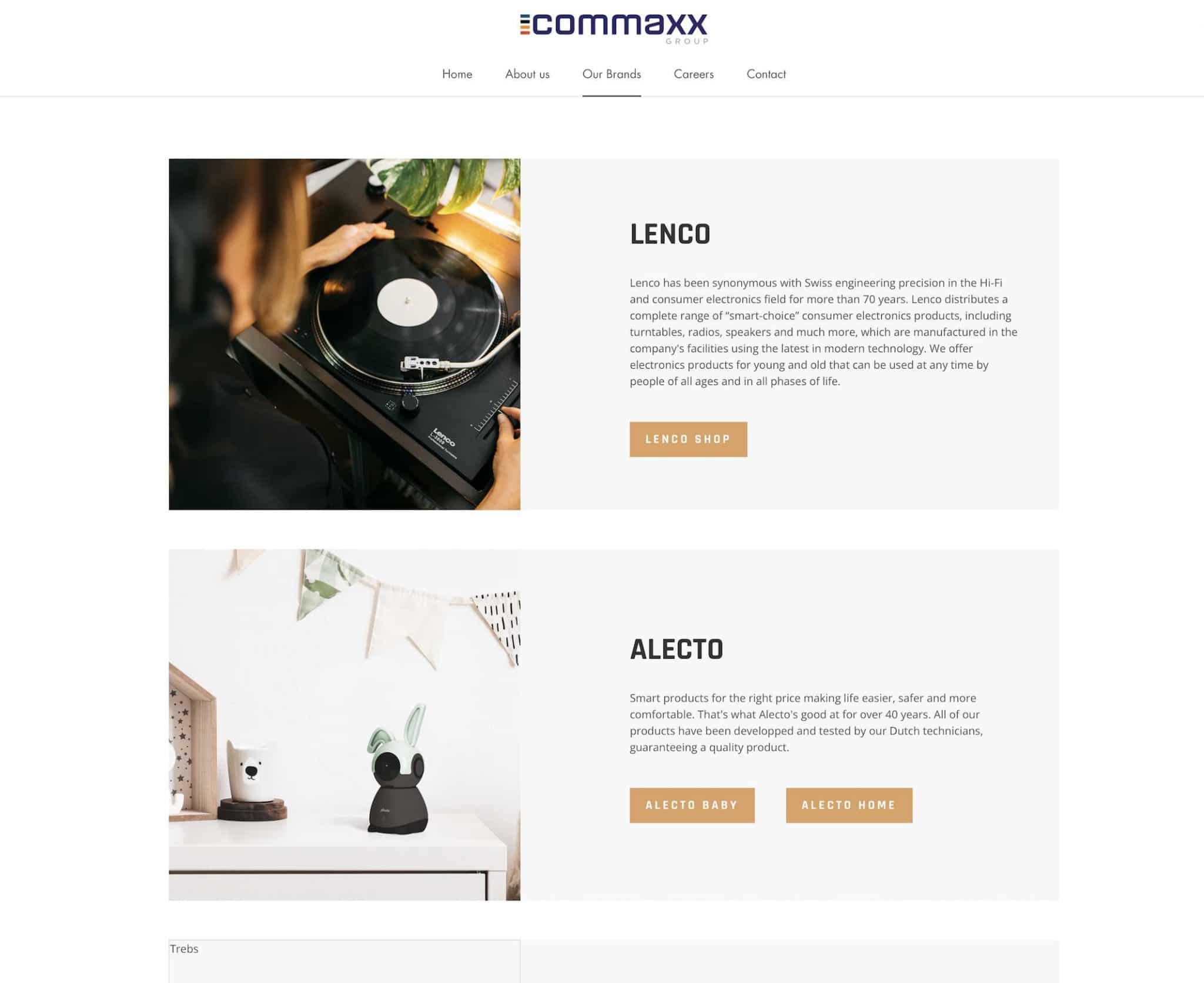
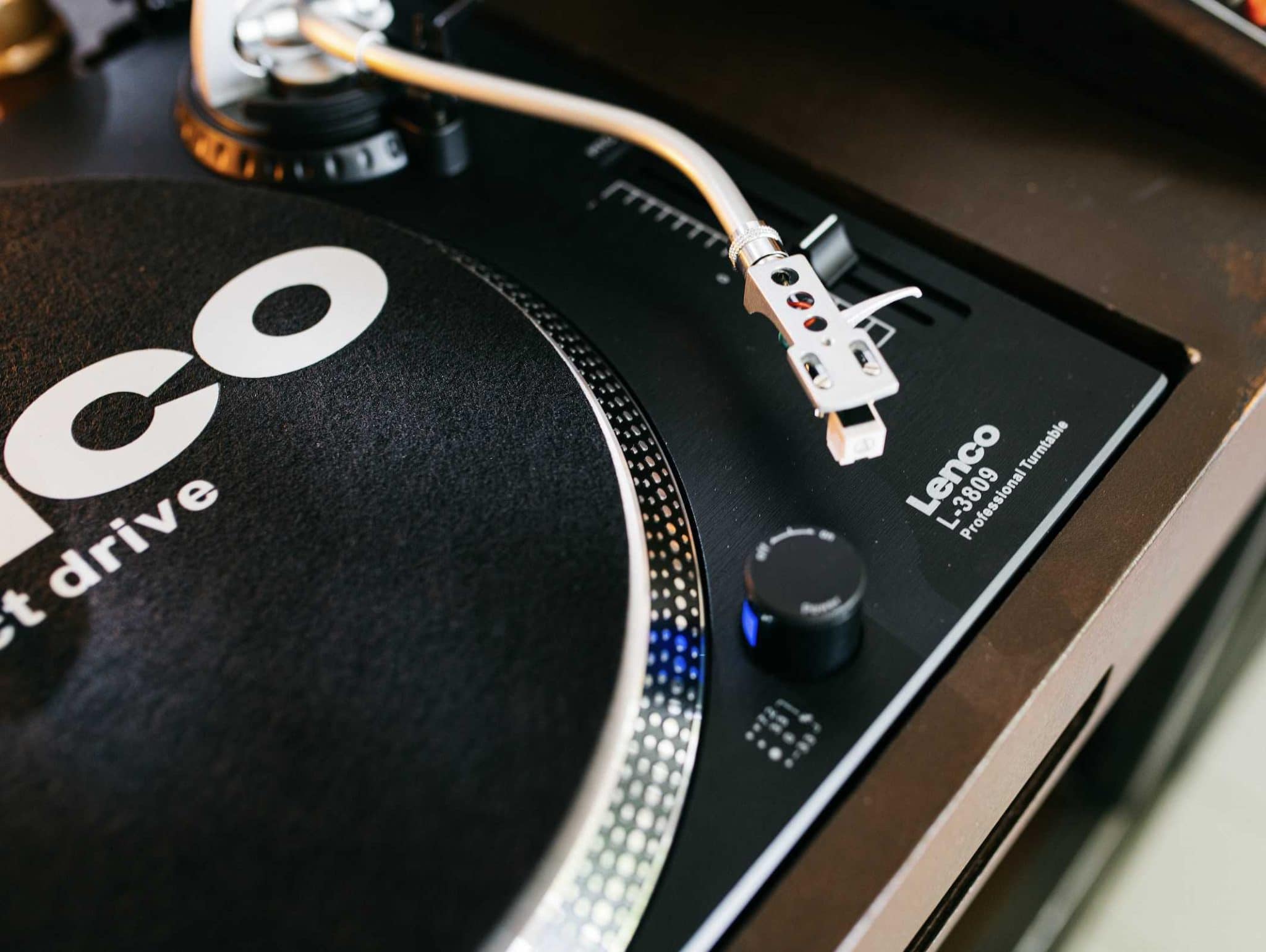
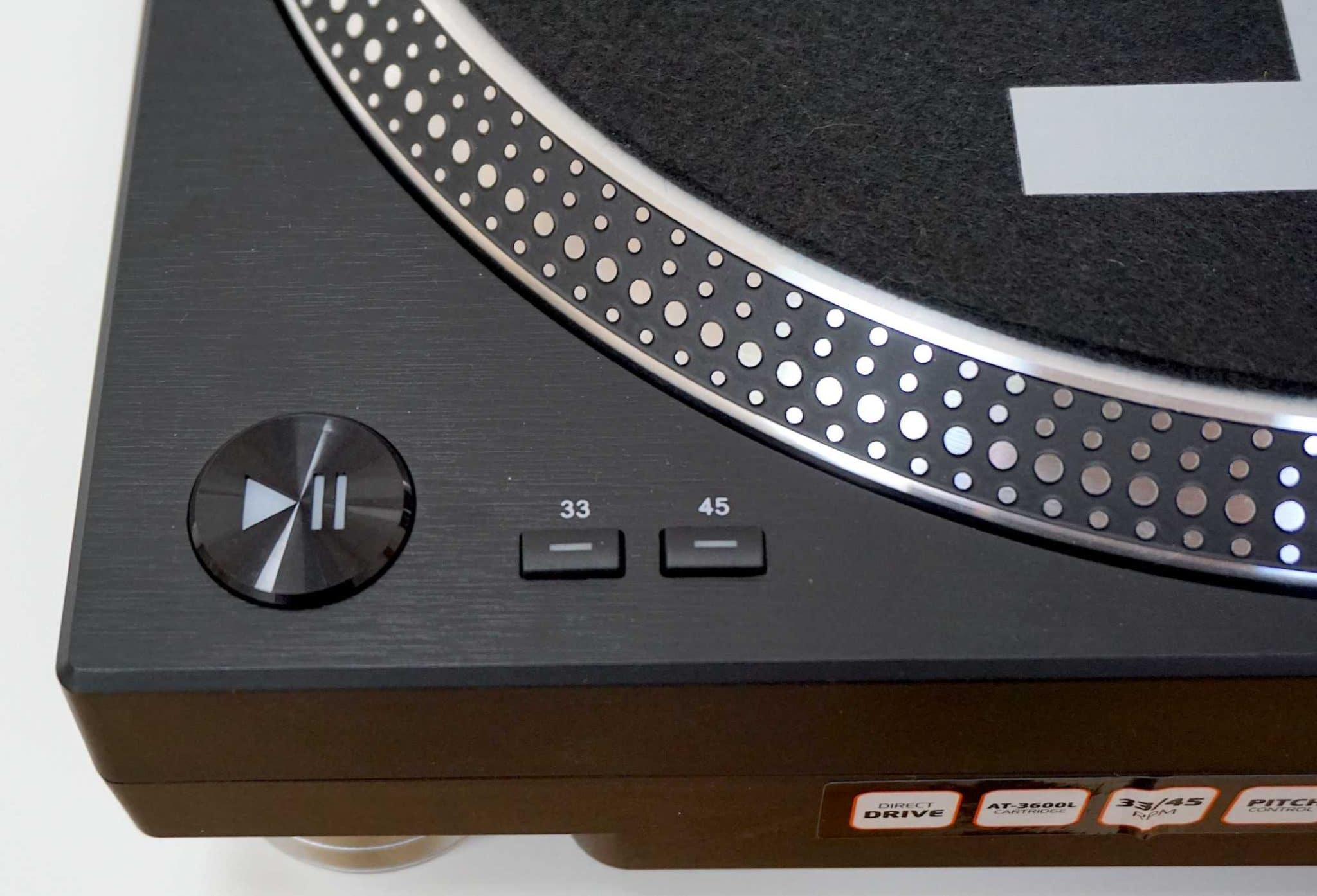
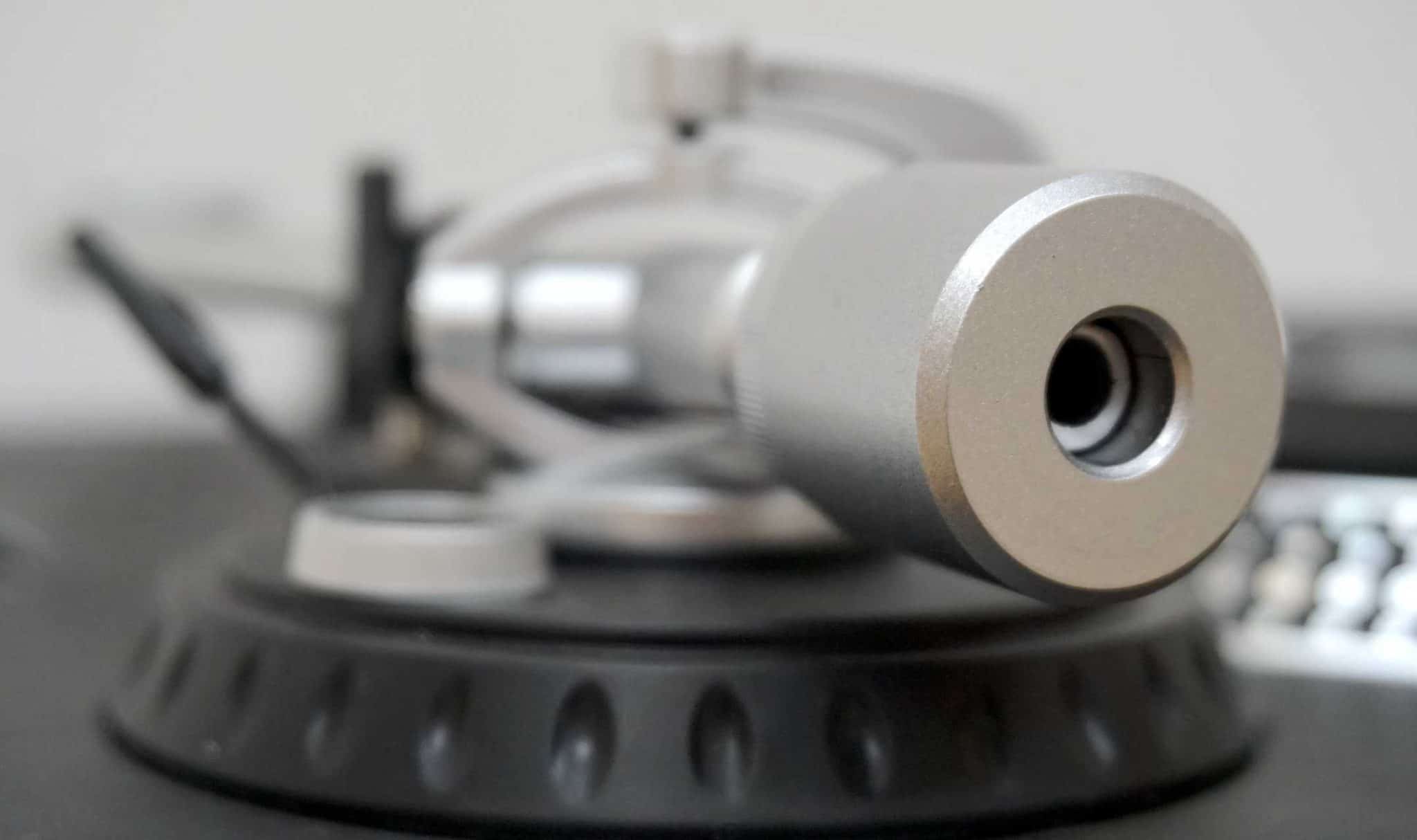
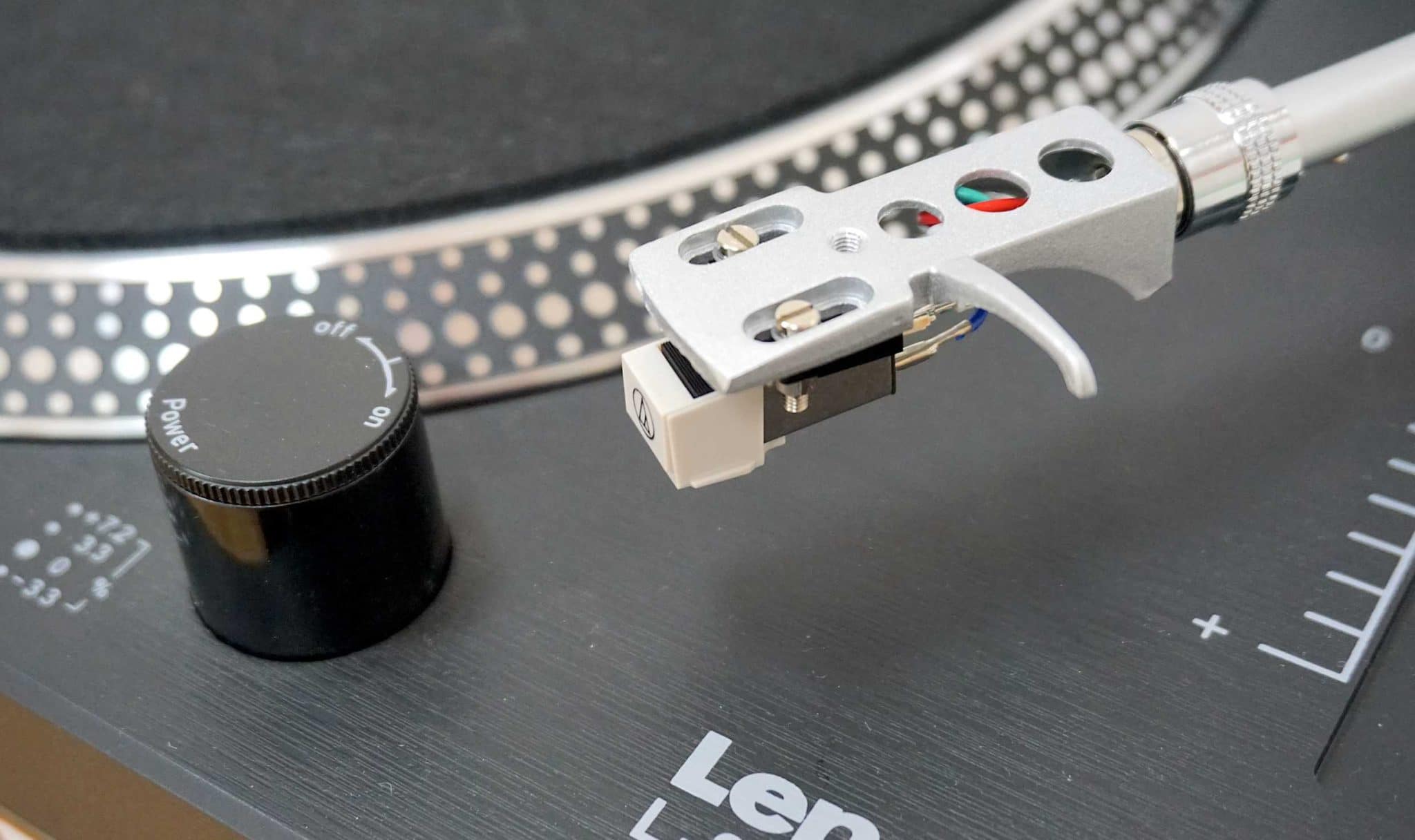
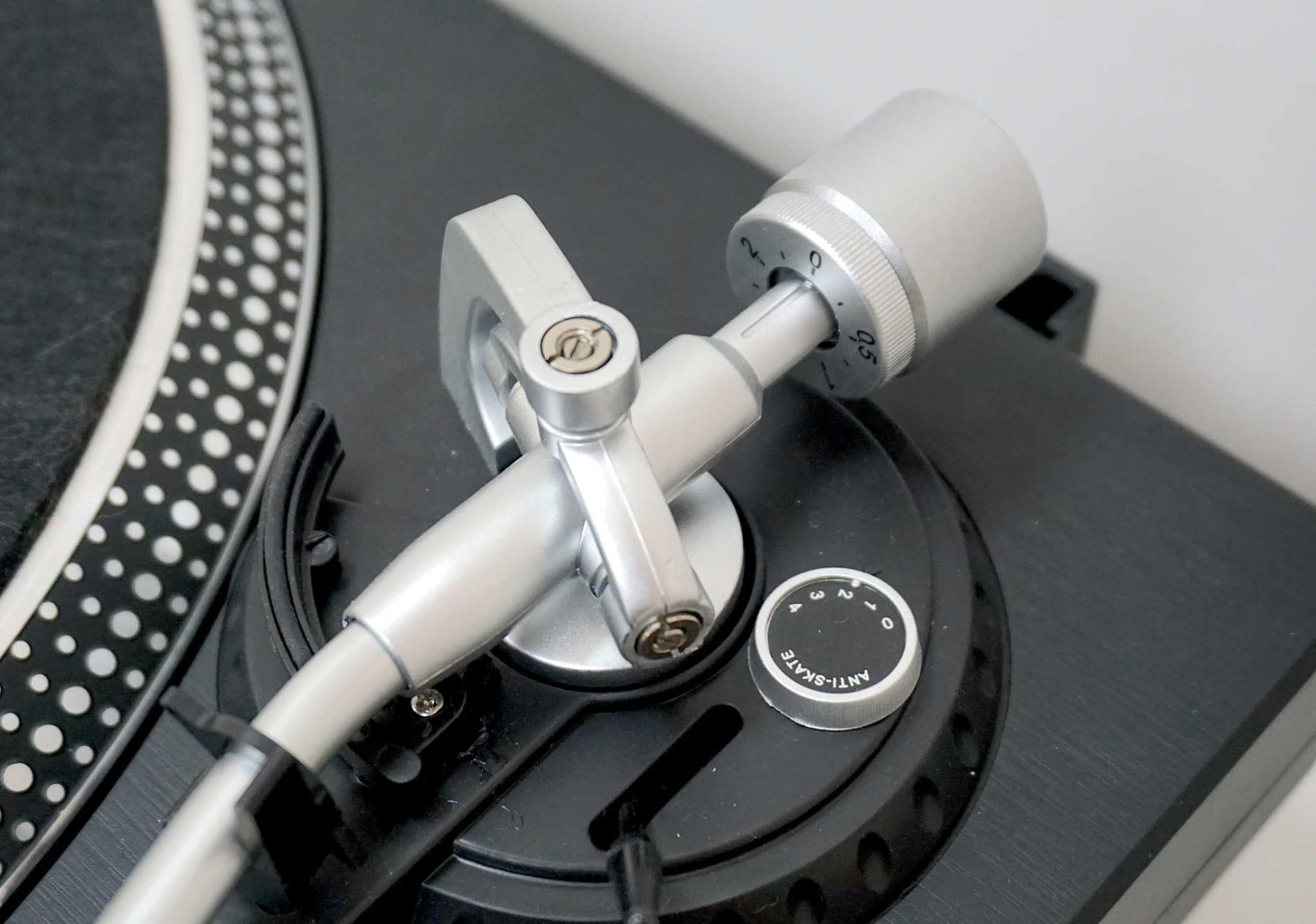
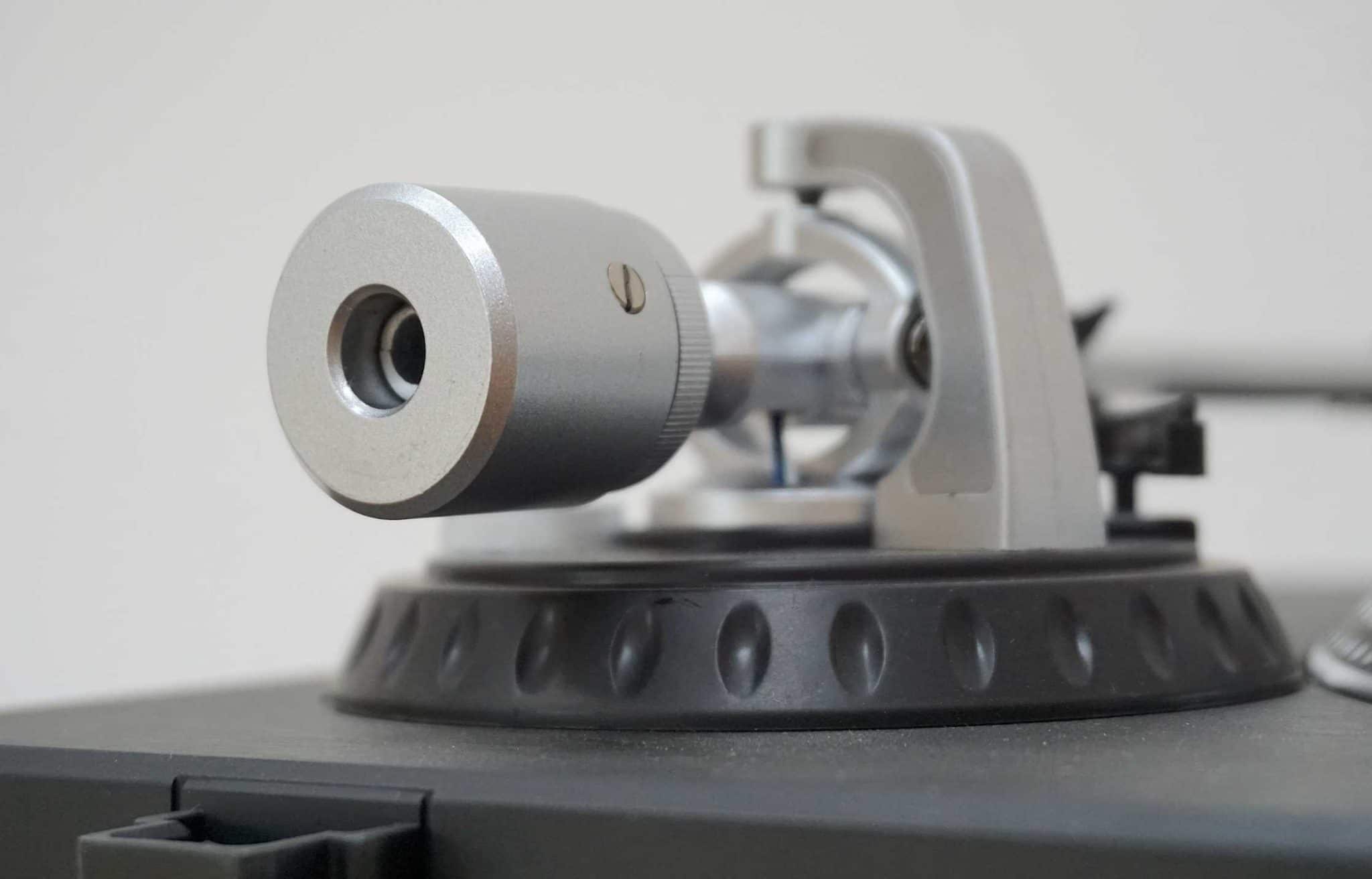
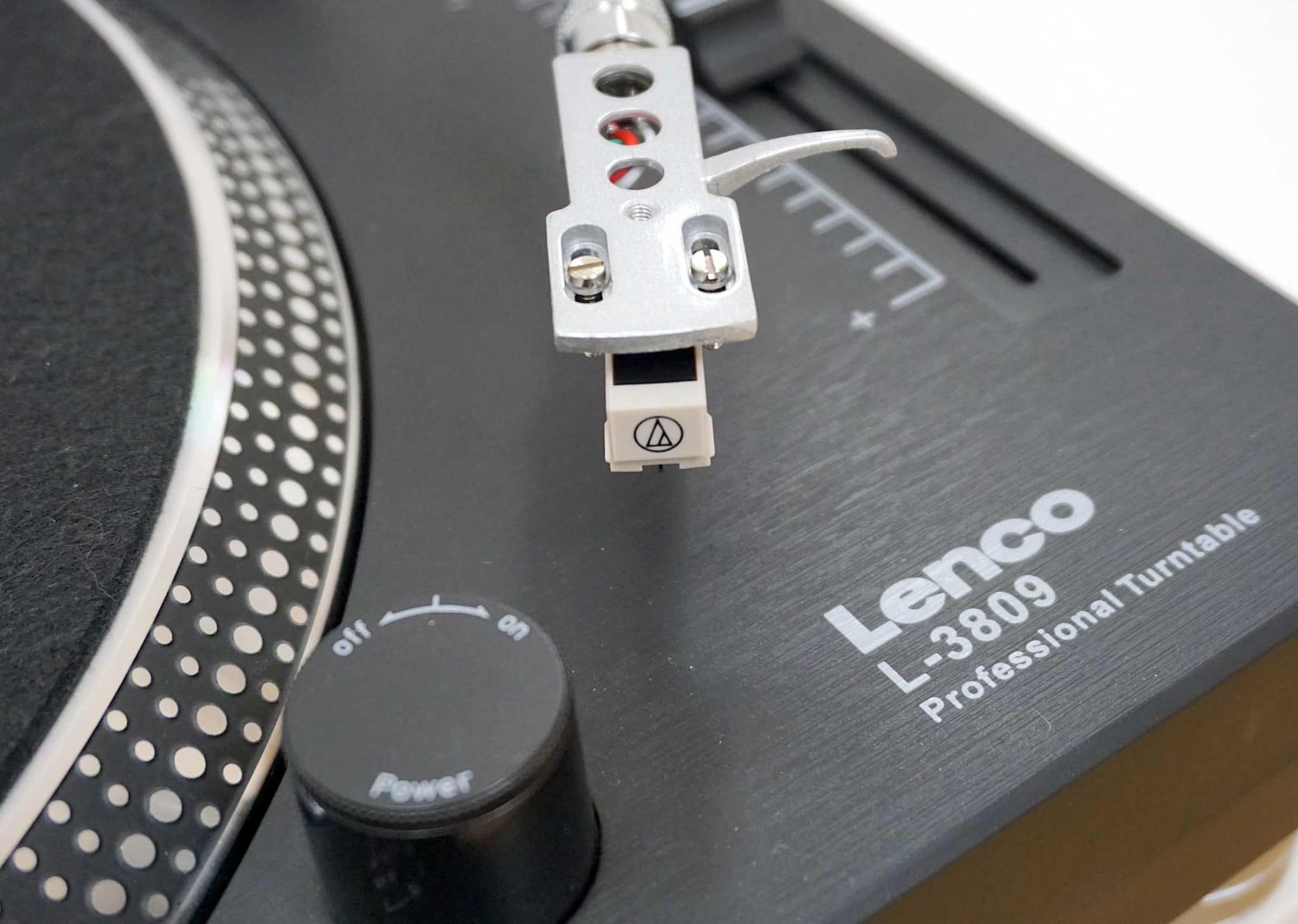
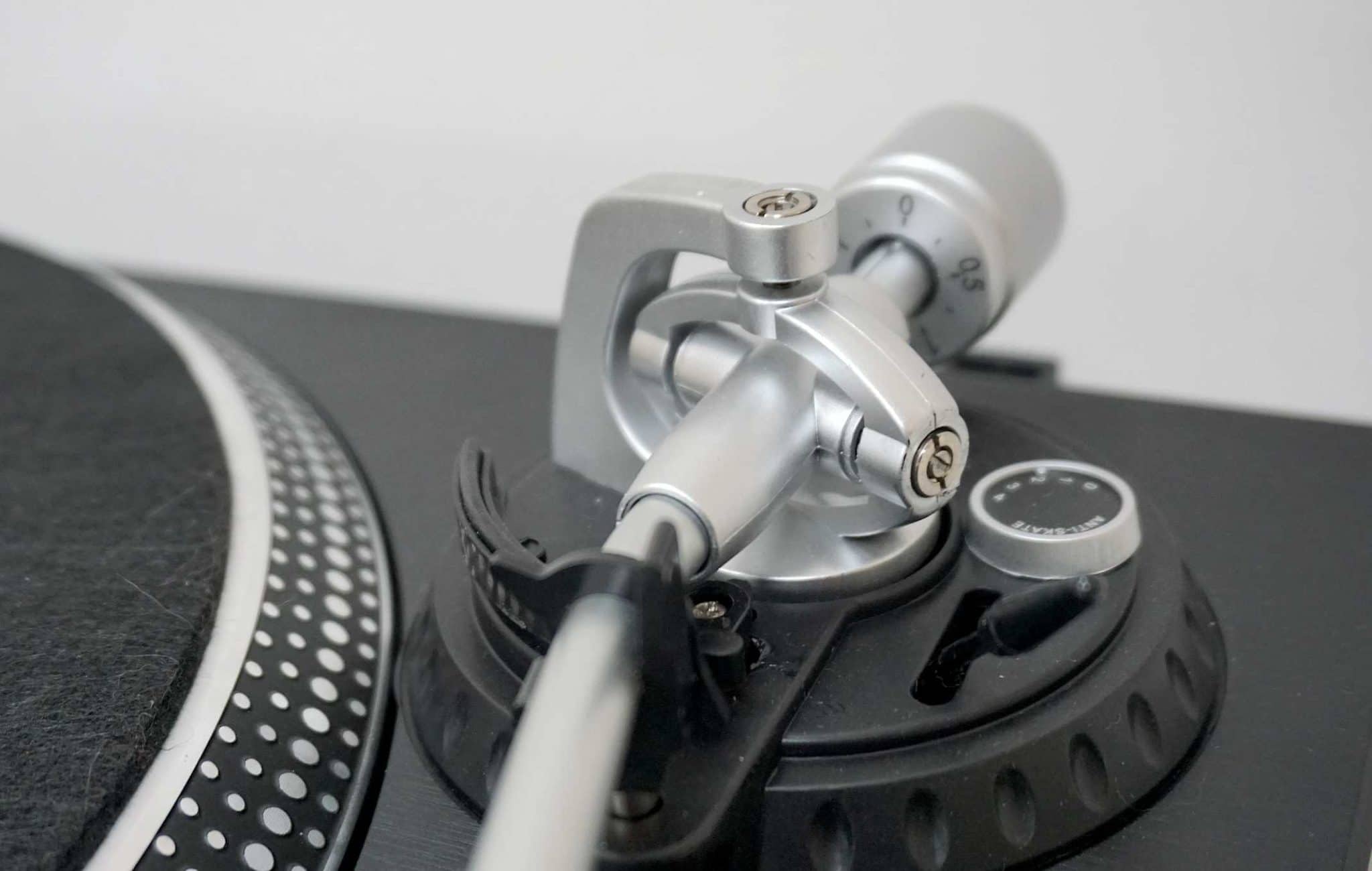
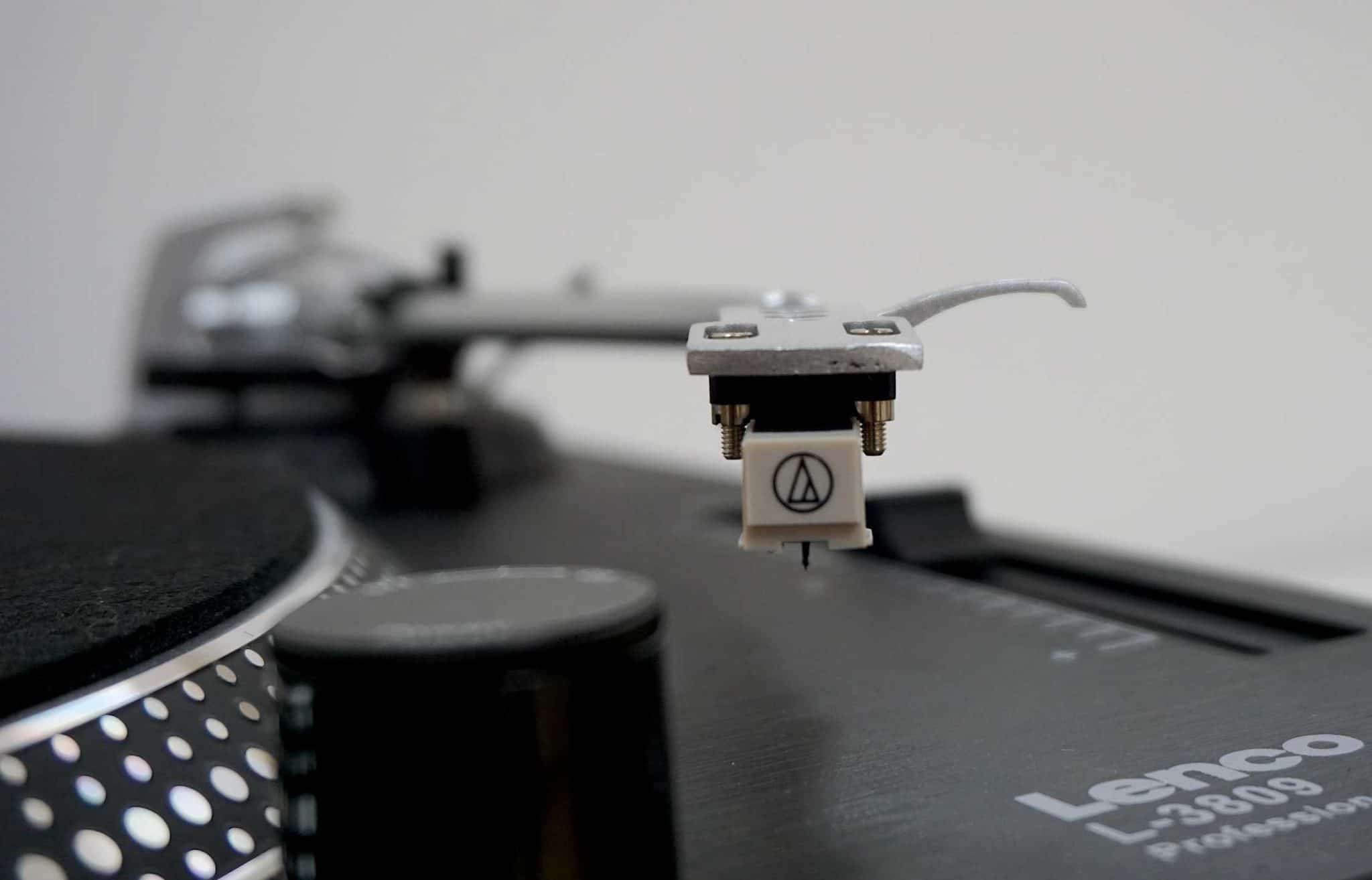
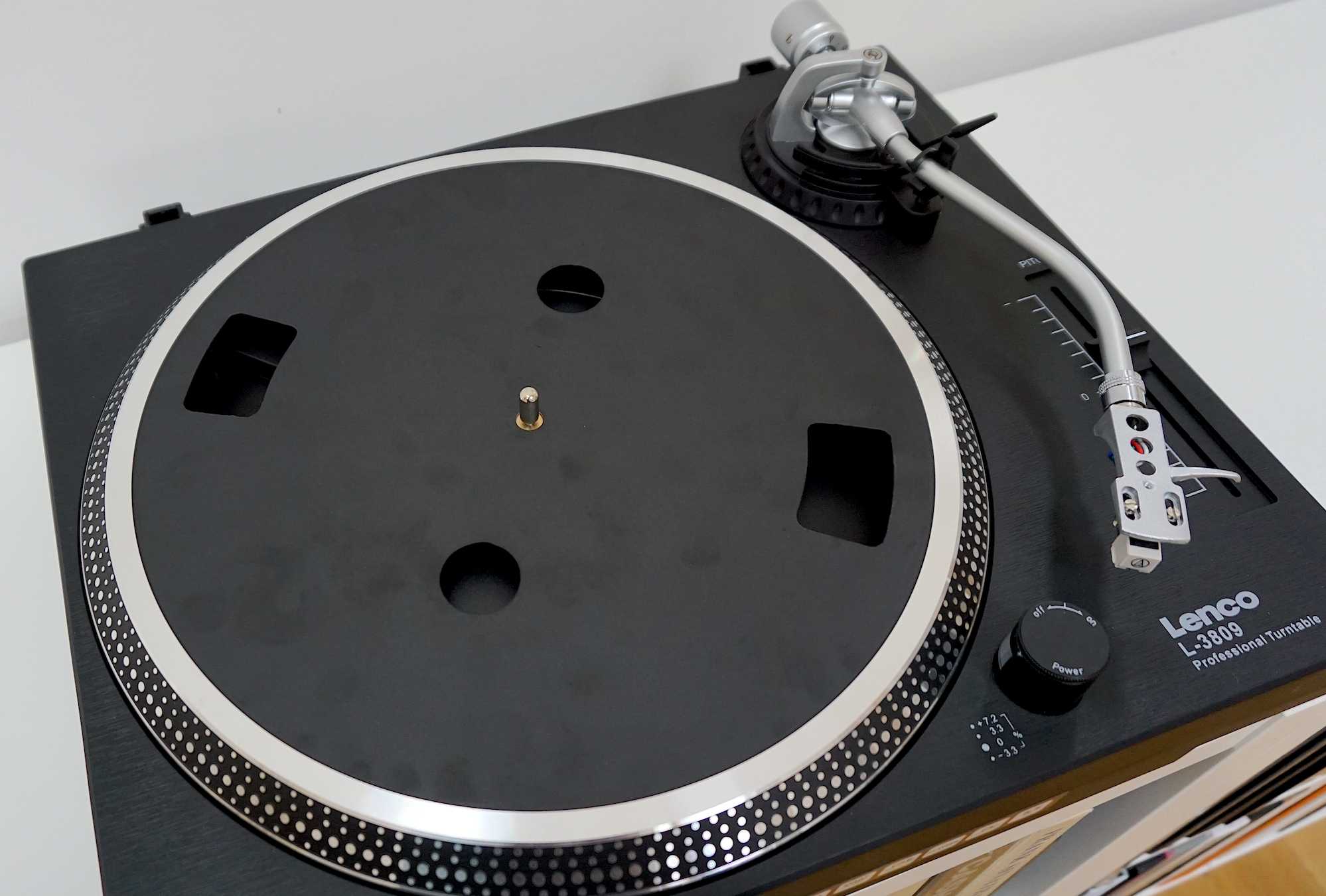
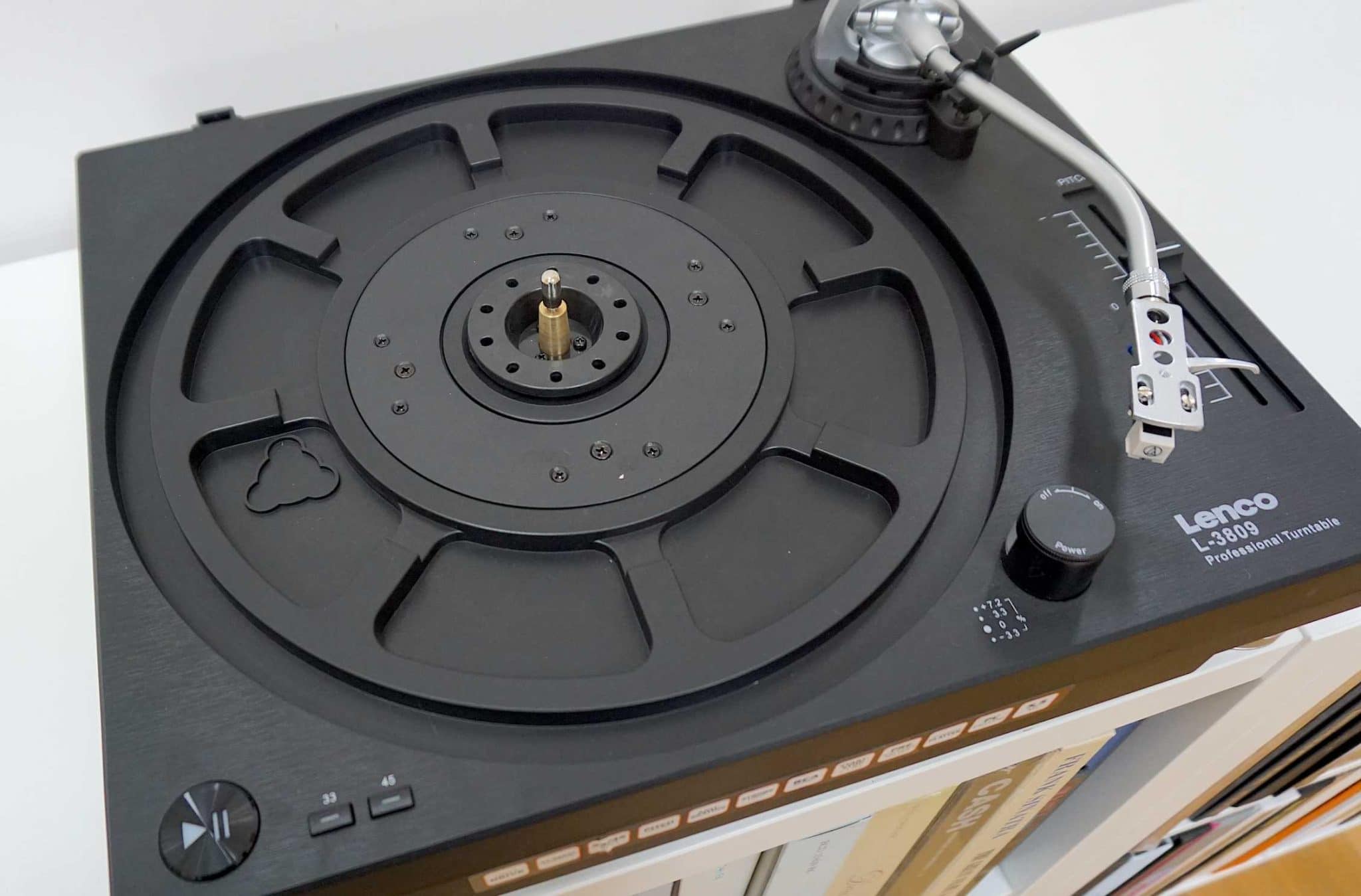
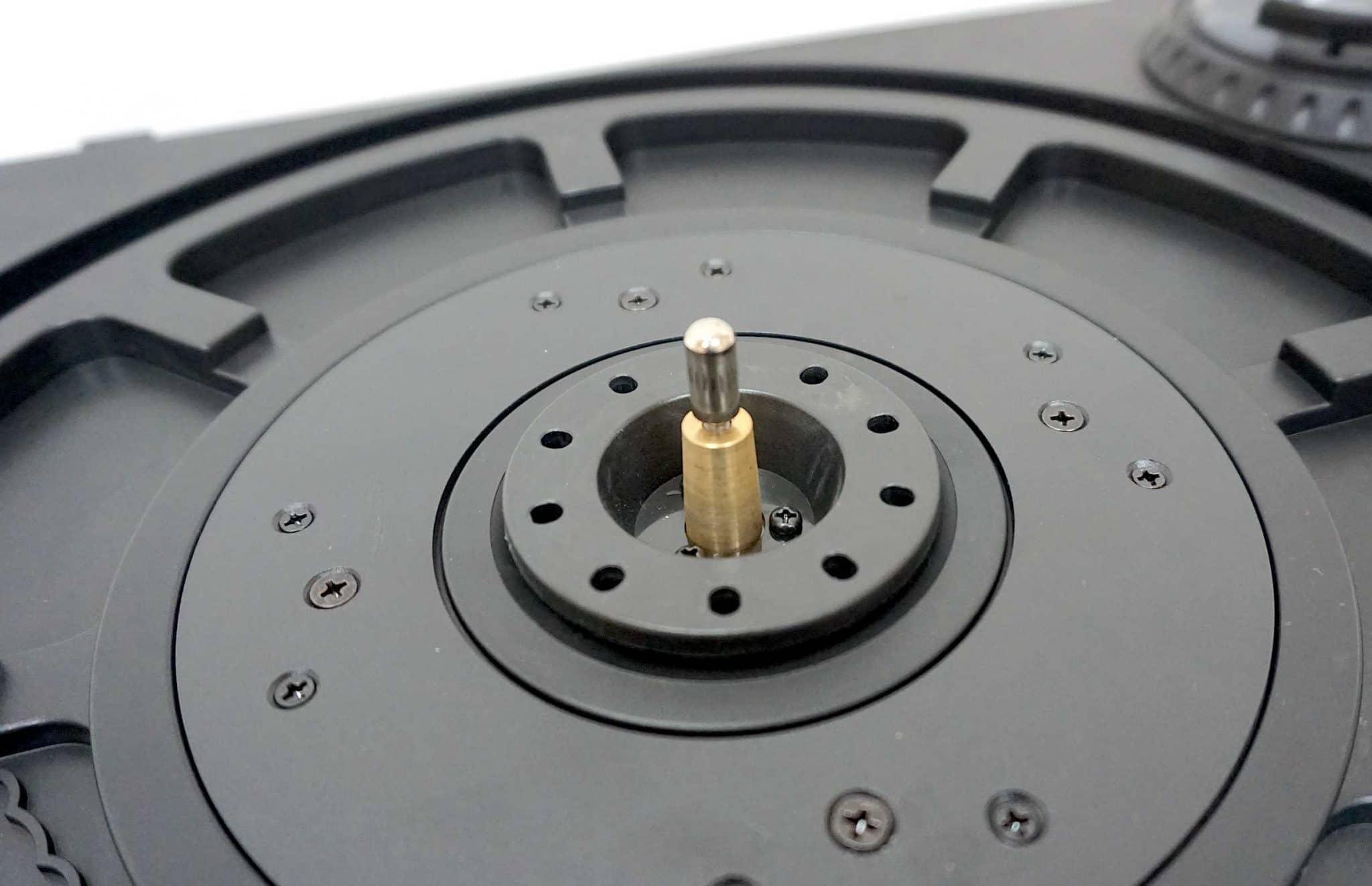
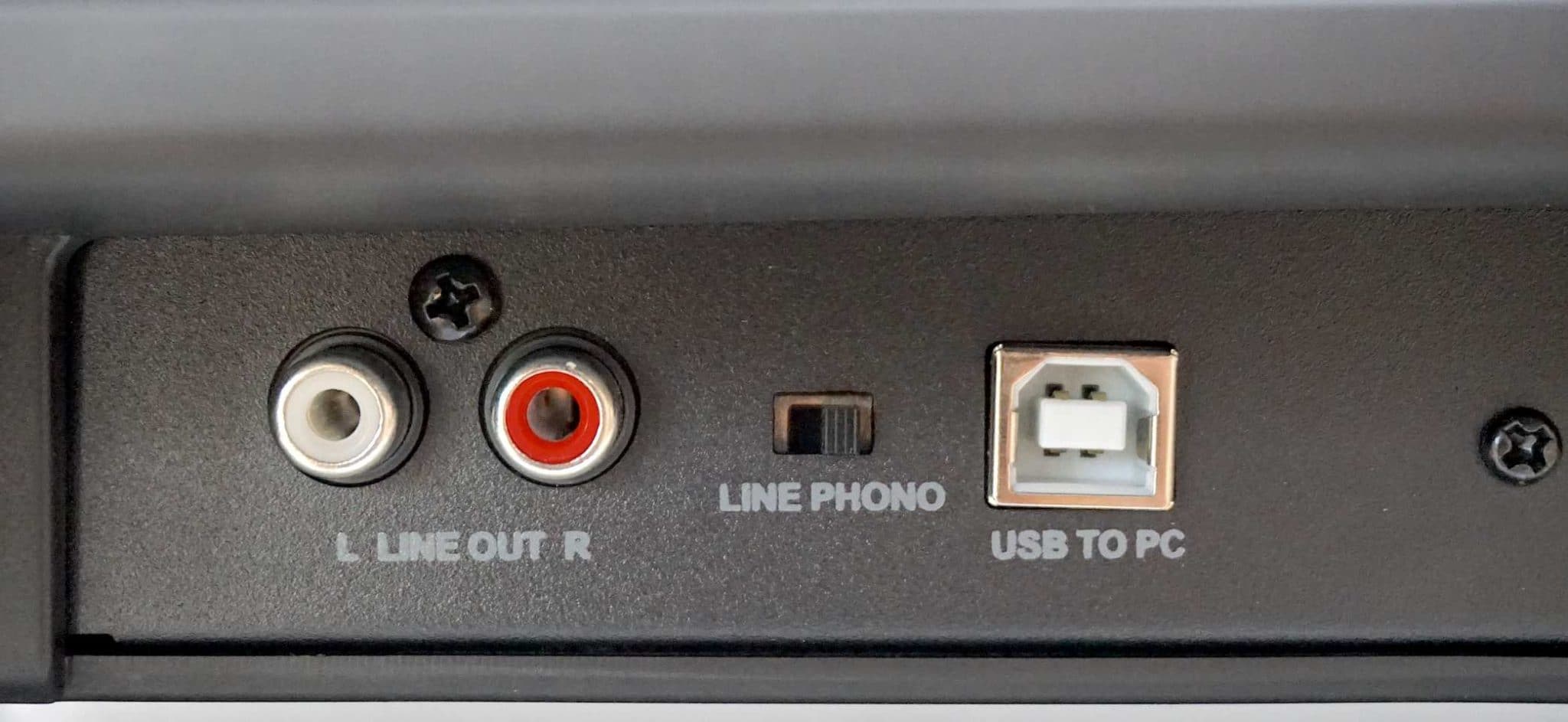
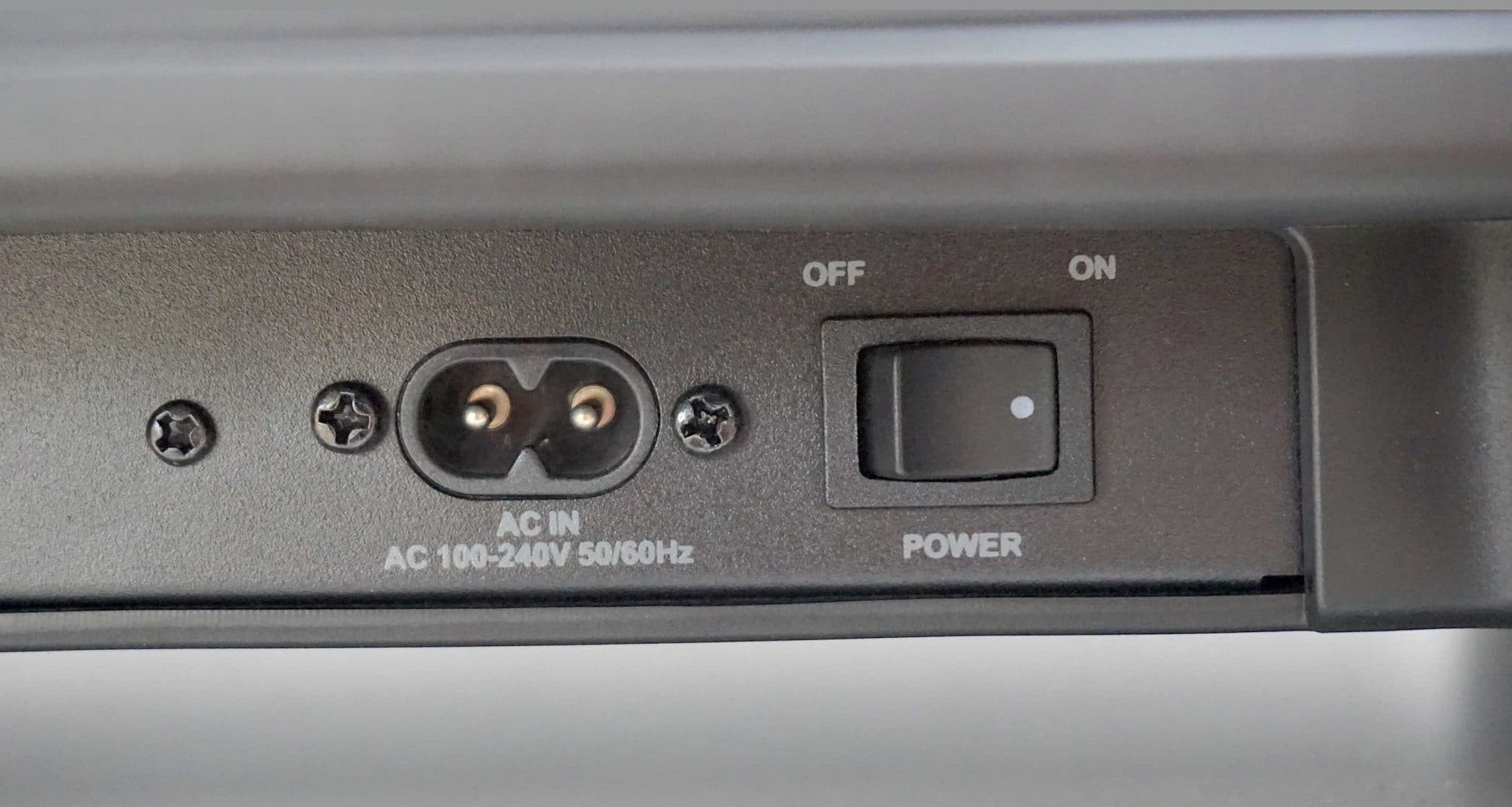
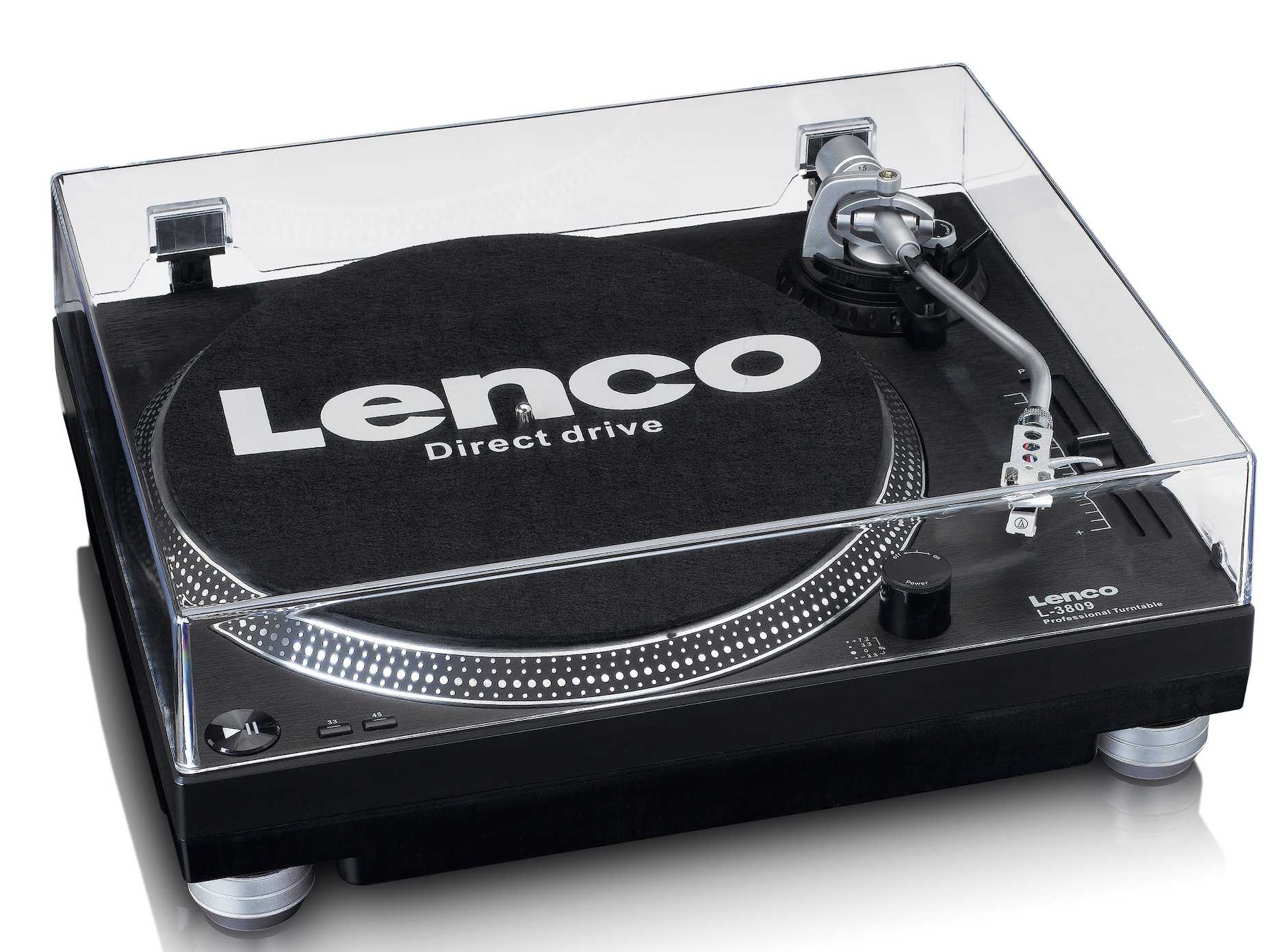


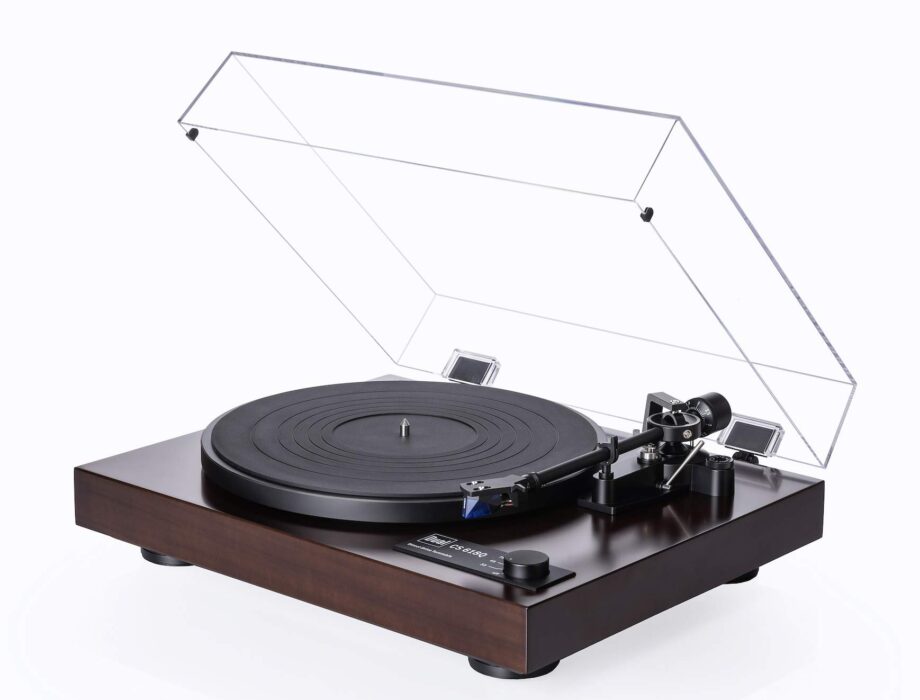
Nice and thorough roundup.
I’d be interested in a comparison of the LENCO LBT-188 with the above mentioned model(s).
Have you noticed the speed problems? Something many people mentioned of on Amazon and other platforms and -just to mention- me as well. We are not talking about 0. something, this player is not worth a single Euro (or Pound). Listening to Dire Straits “Latest Trick” saxophone part really hurts…. Due to the other statements and based on my experience I can only warn others…. Don’t by this player, it is a waste of money.
I found a “Glorious VNL-500 USB” wich is a 100% sibling of the Lenco, and this one has the same speed problems. So this is not only one Player, i think most of them have this issue. I am also quite sure that the regulater in combination with a far to strong motor is the reason. ( overshoot / undershoot ) I tried to get rid of it by using an additional weight 9n the platter, but this was not helping at all.
Have I noticed the speed problems? Did you actually read the review? 🙂